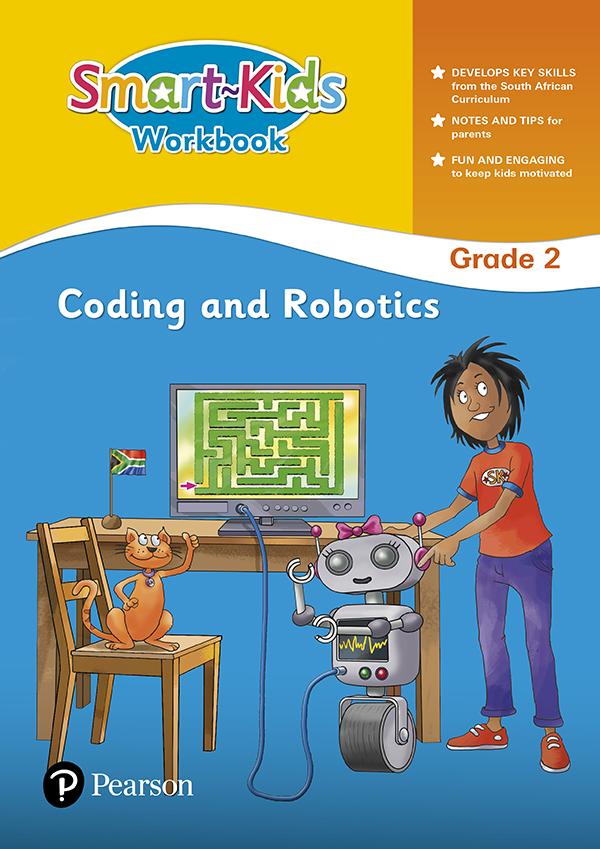Supporting students during the exam waiting period: tips for teachers
Waiting for exam results can be extremely stressful. The anxiety and pressure that most students are feeling leads to worry and fear of uncertainty, and while these emotions are normal, it is important to let your students know that they are not alone.

Waiting for exam results can be extremely stressful. The anxiety and pressure that most students are feeling leads to worry and fear of uncertainty, and while these emotions are normal, it is important to let your students know that they are not alone.
Here are 6 tips for how you, as a teacher, can help your students during this exam waiting period.
1. Maintain calm amongst students
It is easier said than done to ask someone to remain calm in a stressful situation. These are words that will make your students’ eyes roll but really, during this stressful time, it is imperative to remind your students to try to relax. Have your students take a deep breath before you announce exam results in class to help them feel less overwhelmed. Also, soothing words will help simmer the bubbling nerves by providing comfort and encouragement.
2. Get students moving
Exercise is a good way to relieve stress. Encourage your students to go for a walk or a run, play a game of soccer with their friends. The release of endorphins during exercise can help alleviate depression and anxiety symptoms.
3. Reward students
Exams are over! That is something to celebrate. Your students have studied hard, so now it’s time to reward them with something they’ll enjoy. A field trip to the beach and perhaps a movie in class are simple rewards that your students will be sure to appreciate. Students will be sure to stay relaxed and calm with these fun activities.
4. Look out for your students
Stress can lead to fatigue, emotional exhaustion and even depression. Look out for your students during this time. If you notice that they are irritable, suddenly change their behavior, or isolate themselves, encourage them to talk to someone about how they feel. They can talk to you, a family member or a counsellor in the community. See below for a list of professional people your students can talk to.
5. Encourage students to get results directly from their school
It’s advisable not to receive exam results via SMS, online or looking in the newspaper, rather students should go to school. Students who did poorly or failed only a few subjects can discuss their options right away with the principal. They could even request a remark or apply to write the supplementary exam.
6. Remind students to stay positive and formulate a plan of action
Make sure that your students remember that success is not always about achieving the highest results. Instead, success is about how you accept challenges, solve problems and continue with determination to succeed. Instead of worrying, try finding the root of the problem and discussing ways to solve it. Help students to decide on their plan A and formulate a backup plan in case their first plan doesn’t happen. Discuss with them the possibility of taking a gap year and working or finding an apprenticeship while they decide what to do next.
Who can I talk to?
Here is a list of organisations students can contact. They offer free telephone counselling.
SADAG (The South African Depression and Anxiety Group)
To contact a counsellor between 8am-8pm Monday to Sunday:
Call: 011 234 4837 / Fax No: 011 234 8182
For a suicidal emergency contact us on: 0800 567 567
24Hr helpline: 0800 456 789Learn more at: https://www.sadag.org/index.php?option=com_content&view=article&id=1897&Itemid=101
Childline South Africa
Childline National Office:
Tel: (+27) -(0)31-201 2059
Fax: (+27) -(0)86 511 0032
Learn more at: https://www.childlinesa.org.za/contact-us/







